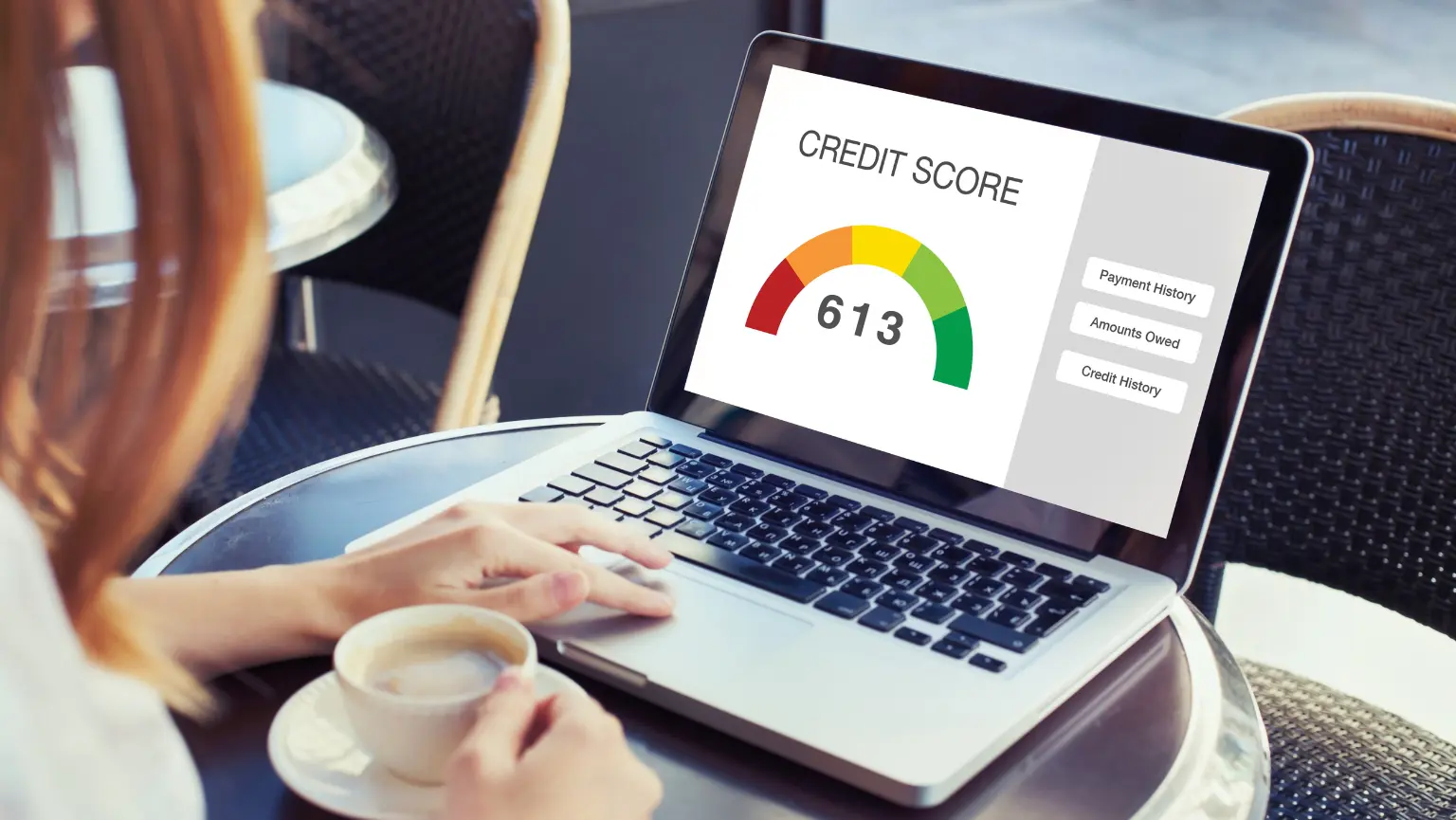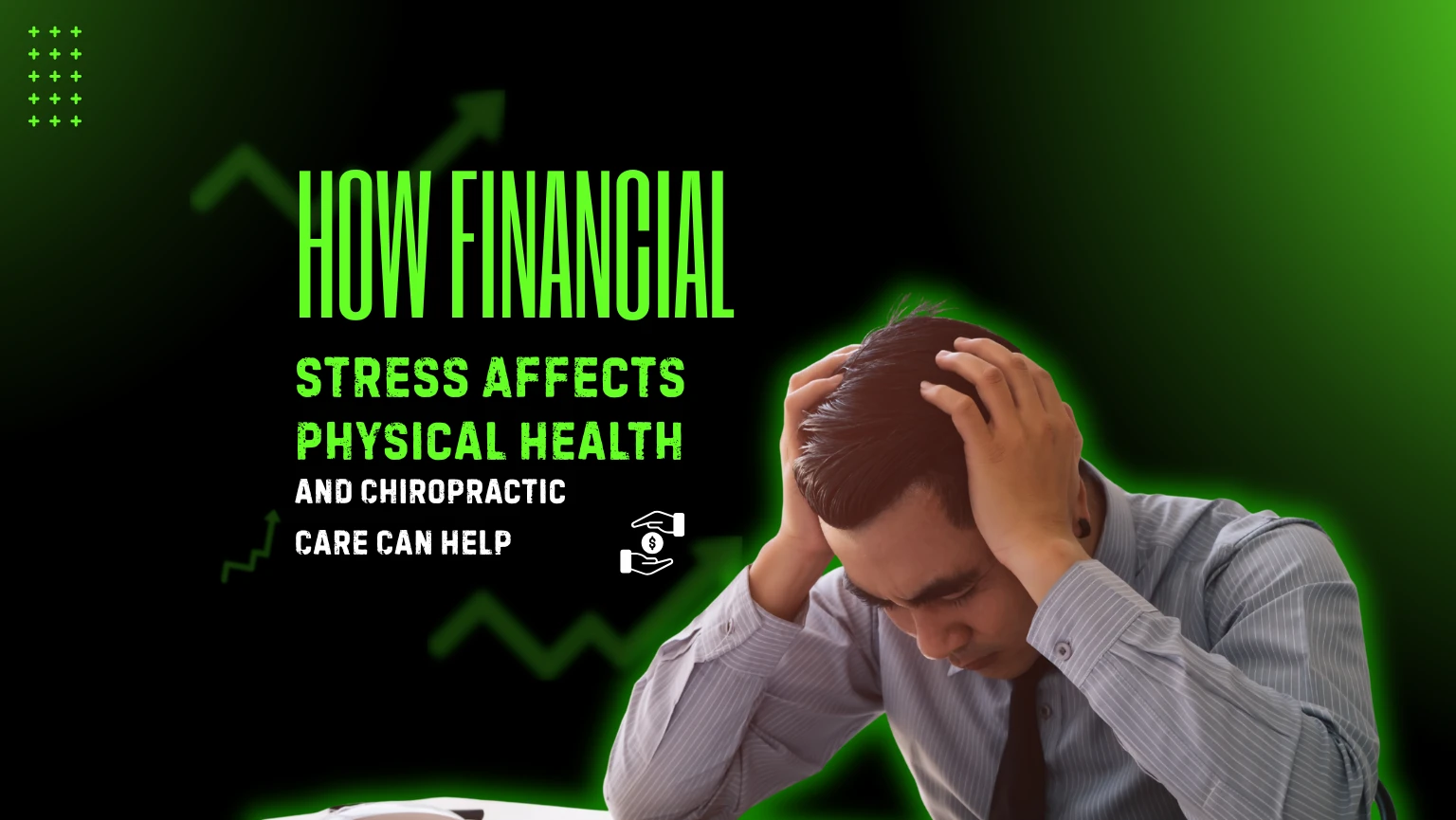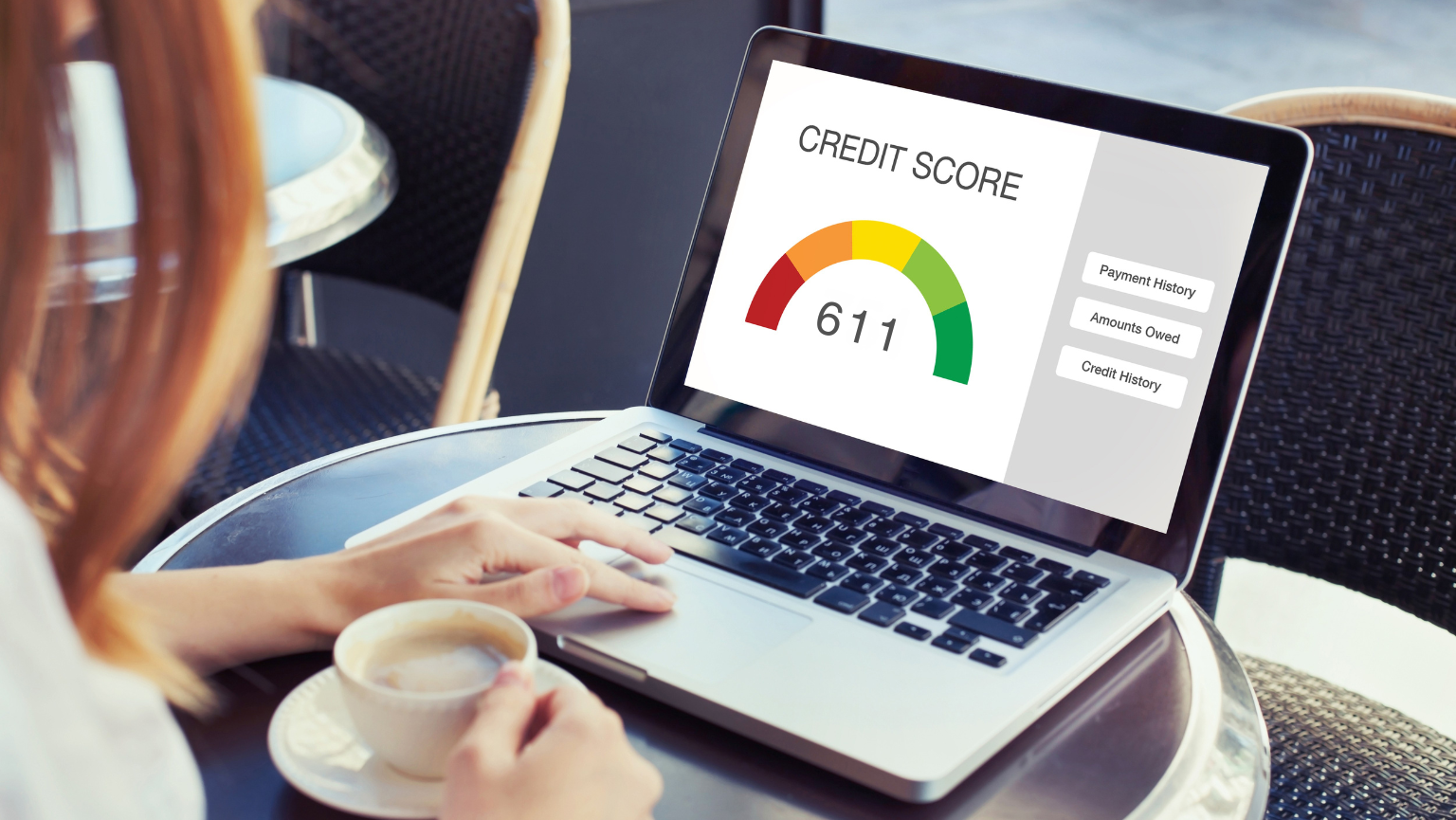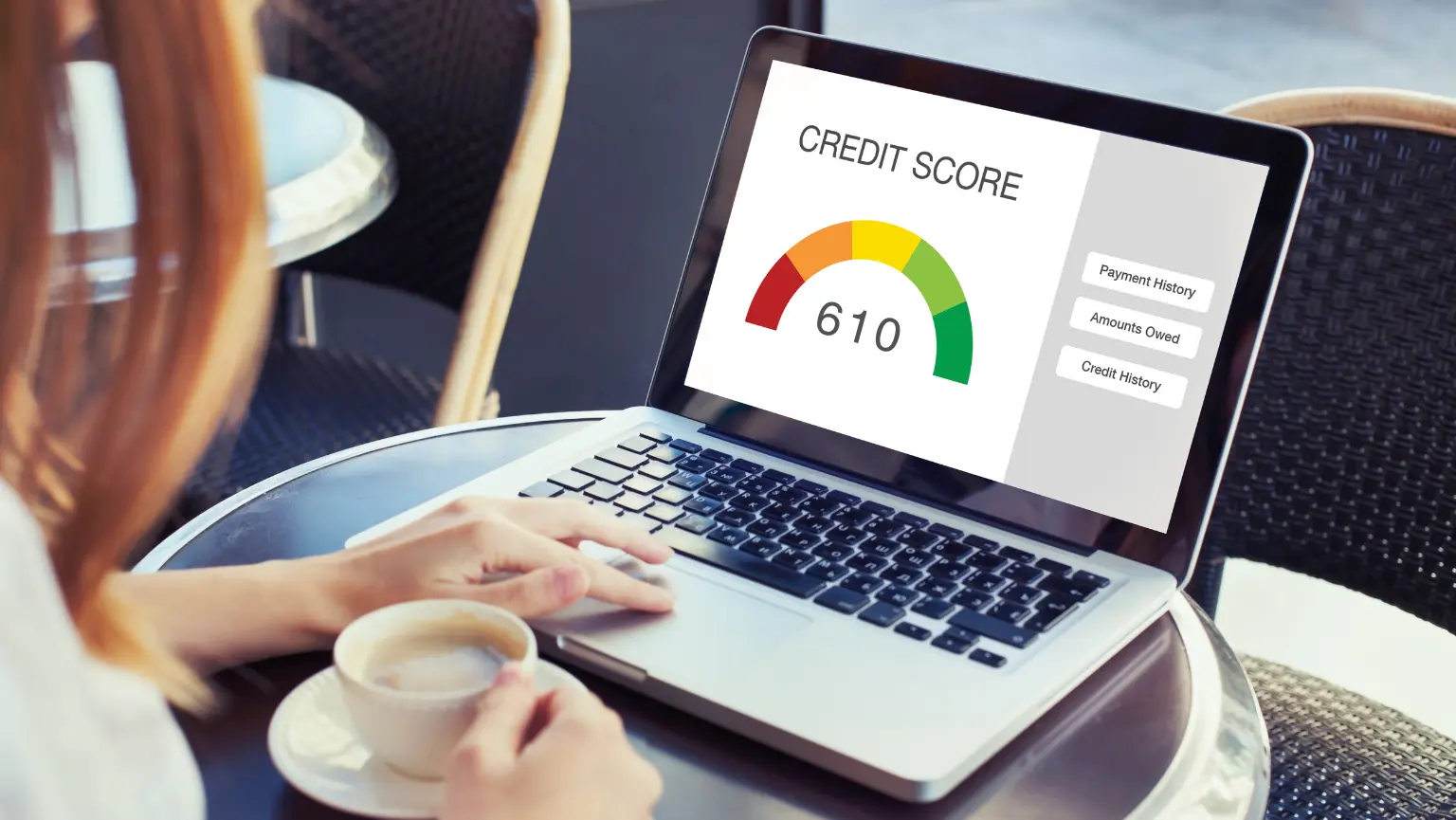
Struggling with a 613 credit score? You’re not alone; this “fair” score can make it harder to get loans, higher interest rates, and limit your financial options. Missing out on better credit opportunities can feel frustrating, especially when you need funds for essentials or big purchases. The good news? With the right strategies like timely payments, reducing credit utilization, and checking your credit report you can steadily improve your score and unlock better financial possibilities.
Key Takeaways
- A 613 credit score is “fair” and may limit loans and interest rates.
- Payment history, credit use, and credit inquiries impact your score.
- Pay bills on time, reduce balances, and monitor your credit to improve it.
- Consistency is key improvements take months.
- A higher score unlocks better financial opportunities.
Understanding a 613 Credit Score
| Credit Score Range | Rating | Typical Interest Rates | Loan Approval Chances | Notes |
|---|---|---|---|---|
| 300 – 579 | Poor | Very High | Low | Difficult to get credit |
| 580 – 669 | Fair | High | Moderate | Includes 613 score; may face higher rates |
| 670 – 739 | Good | Moderate | High | More favorable terms |
| 740 – 799 | Very Good | Low | Very High | Easier approvals, lower interest |
| 800 – 850 | Excellent | Lowest | Highest | Best terms and offers |
A credit score of 613 is generally considered a “fair” score, sitting below the national average. While it’s not terrible, it indicates some risk to lenders, which can affect your ability to get loans or credit cards at favorable terms. People with this score may face higher interest rates, lower credit limits, or even difficulty qualifying for certain financial products. Understanding how this score is calculated factors like payment history, credit utilization, and length of credit history can help you take targeted steps to improve it.
Common Challenges with a 613 Score
A 613 credit score can bring several financial hurdles. Borrowers may face higher interest rates on loans and credit cards, which increases the overall cost of borrowing. Some lenders may deny applications for premium financial products, limiting access to better credit options. Even everyday financial activities, like renting an apartment or qualifying for certain services, can become more difficult. Recognizing these challenges is the first step toward improving your credit and gaining greater financial flexibility.
Factors Affecting Your Credit Score
Several key factors influence a 613 credit score. Payment history is the most important late or missed payments can lower your score quickly. Credit utilization, the ratio of your credit card balances to your credit limits, also plays a big role; keeping it below 30% is ideal. Length of credit history matters, as older accounts show stability. Recent hard inquiries from loan or credit applications can temporarily lower your score. Finally, a diverse credit mix loans, credit cards, mortgages can positively impact your overall score. Understanding these factors and applying strategies recommended by Easy Fix Credit Score helps you target improvements effectively.
Practical Tips to Improve a 613 Credit Score
Improving a 613 credit score is possible with consistent and strategic actions. Here are practical tips to help you boost your score:
1. Pay Bills on Time
Late or missed payments can significantly hurt your score. Set up reminders or automatic payments to ensure you never miss a due date.
2. Reduce Credit Card Balances
Keep your credit utilization below 30% of your total credit limit. Paying down high balances can quickly improve your score.
3. Avoid Opening Too Many New Accounts
Each hard inquiry from new credit applications can temporarily lower your score. Apply only when necessary.
4. Review Your Credit Report Regularly
Check for errors or inaccurate information and dispute them promptly. Correcting mistakes can have an immediate positive impact.
5. Consider a Secured Credit Card or Credit Builder Loan
If traditional credit options are limited, secured cards or credit builder loans allow you to demonstrate responsible credit usage safely.
By following these steps consistently, you can gradually raise your credit score and unlock better financial opportunities.
How Long Will Improvement Take?
Improving a 613 credit score is a gradual process that depends on the steps you take and your financial habits. Short-term improvements like paying down high credit card balances or correcting errors on your credit report can show results in 1 to 3 months. Significant, long-term improvement moving into the “good” credit range usually takes 6 to 12 months of consistent on-time payments, responsible credit use, and maintaining low credit utilization. Patience and consistency are key to seeing lasting results.
Conclusion
A 613 credit score may present challenges, but it doesn’t define your financial future. With consistent effort paying bills on time, reducing credit card balances, monitoring your credit report, and using credit responsibly you can steadily improve your score. Over time, these actions can unlock better loan approvals, lower interest rates, and greater financial flexibility. Start taking small, deliberate steps today, and watch your credit score rise, opening the door to improved financial opportunities.
FAQs
613 is considered fair not bad, but not ideal. You may face higher interest rates.
You can get loans and credit cards, but options are limited and rates may be higher.
Yes, especially with FHA or government-backed loans, but interest rates may be higher.






